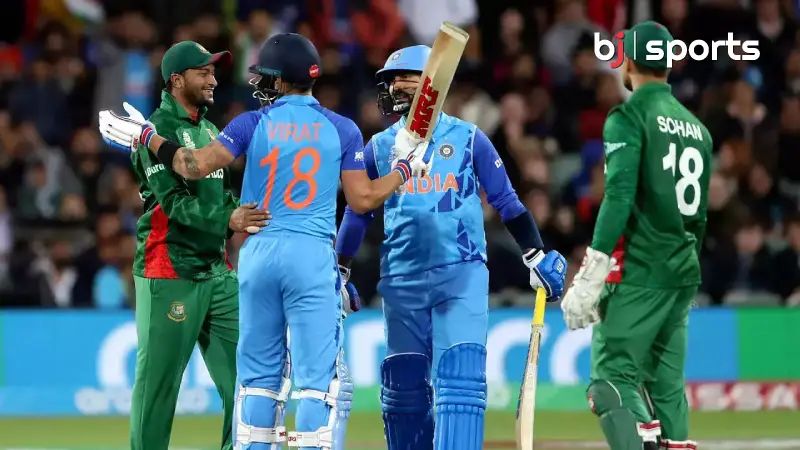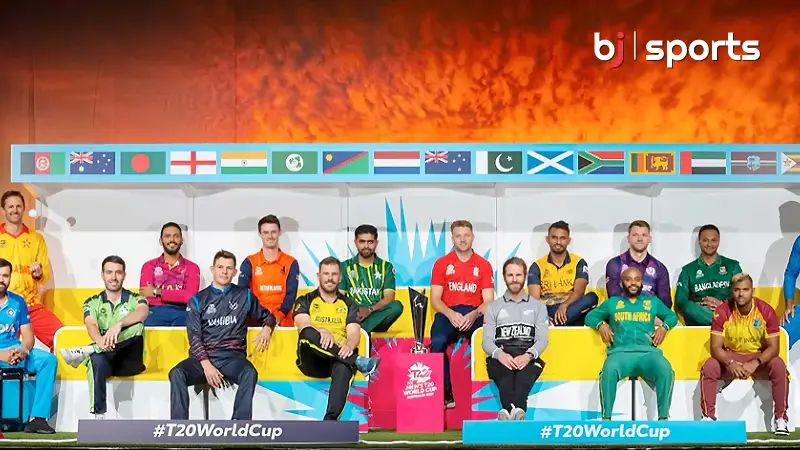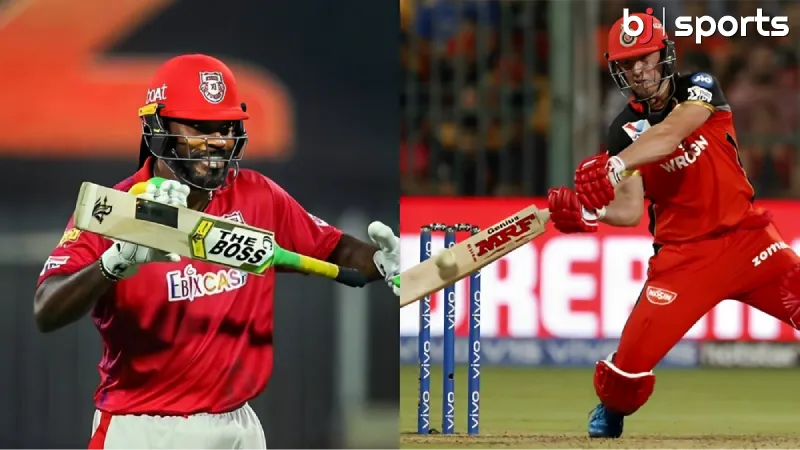
Roots of T20 World Cup:
The T20 World Cup has its roots in the emergence of Twenty20 cricket, a format introduced to inject excitement and attract a broader audience to the sport. Originating in England in 2003, Twenty20 cricket offered a fast-paced alternative to traditional formats, with matches lasting just three hours and featuring explosive batting, cunning bowling, and lightning-quick fielding.
The success of domestic Twenty20 leagues, such as the Indian Premier League (IPL) and the Big Bash League (BBL), demonstrated the format’s potential to captivate fans and players alike. Recognizing the popularity of Twenty20 cricket, the International Cricket Council (ICC) decided to organise a global tournament to showcase the format’s appeal on the international stage.
Thus, the T20 World Cup was born, with the inaugural edition held in South Africa in 2007. Since then, the tournament has become a highly anticipated event in the cricketing calendar, attracting widespread attention and featuring some of the most thrilling matches and memorable moments in the sport’s history.

Rules of T20 World Cup:
The T20 World Cup follows the standard rules and regulations of Twenty20 cricket, with some specific guidelines tailored for the tournament. Here are the key rules of the T20 World Cup:
Format: The T20 World Cup typically consists of a group stage followed by knockout rounds, culminating in the final match to determine the tournament winner. The number of teams and format of the group stage may vary from edition to edition, depending on the number of participating teams.
Overs and Innings: Each innings in a T20 World Cup match consists of a maximum of 20 overs per side. In the group stage matches, if the match ends in a tie, a Super Over may be played to determine the winner. However, in knockout matches such as semifinals and the final, if the match ends in a tie, a Super Over is mandatory to determine the winner.
Powerplay: The powerplay is a crucial phase of a T20 match, consisting of the first six overs of each innings. During the powerplay, only two fielders are allowed outside the 30-yard circle, providing an advantage to the batting side to score freely in the fielding restrictions.
Fielding Restrictions: Apart from the powerplay overs, there are additional fielding restrictions in place during the remaining overs of the innings. In non-powerplay overs, a maximum of five fielders are allowed outside the 30-yard circle at any given time.
No-Ball and Wide Deliveries: Any delivery that exceeds the permissible width of the pitch or is bowled above waist height is considered a no-ball. Additionally, deliveries that are too wide outside the batsman’s reach are called wide deliveries. Both no-balls and wides result in extra runs for the batting side.
Free Hit: If a bowler delivers a no-ball (excluding a front-foot no-ball), the subsequent delivery is called a “free hit.” During a free hit, the batsman can only be dismissed through a run-out, and the fielding team cannot change the field placements.
Player Conduct and Penalties: Players are expected to adhere to the spirit of the game and maintain fair play throughout the tournament. Any instances of misconduct, such as excessive appealing, dissent, or physical altercations, may result in penalties, including fines, suspensions, or match bans.
Decision Review System (DRS): The Decision Review System (DRS) may be available for teams to challenge on-field umpire decisions, including LBW (leg before wicket) calls, catches, and lbw decisions. Each team is usually allotted a limited number of unsuccessful reviews per innings.

Business of T20 World Cup:
The T20 World Cup is not only a sporting event but also a lucrative business venture that involves various stakeholders, including cricket boards, sponsors, broadcasters, and host countries. Here’s a look at the key aspects of the business of the T20 World Cup:
Sponsorships and Partnerships: Sponsorship deals with major corporations provide a significant source of revenue for the T20 World Cup. These deals involve various levels of partnership, including title sponsorships, official partnerships, and associate sponsorships, and offer brands extensive exposure through branding, advertising, and promotional activities associated with the tournament.
Broadcasting Rights: Broadcasting rights are another major revenue stream for the T20 World Cup. Television networks and digital platforms bid for exclusive rights to broadcast the tournament in various regions around the world, generating substantial revenue for the organisers.
Ticket Sales and Hospitality: Ticket sales contribute to the revenue generated from the T20 World Cup, with fans purchasing tickets to attend matches in stadiums. In addition to regular ticket sales, hospitality packages offer premium seating, catering, and other perks for corporate clients and high-net-worth individuals, further boosting revenue.
Merchandising and Licensing: Official merchandise, including team jerseys, caps, and other memorabilia, provides another revenue stream for the T20 World Cup through merchandising and licensing agreements. These agreements extend to video games, mobile apps, and other digital products, expanding the reach of the tournament and generating additional revenue.
Host Country Revenue: Host countries stand to benefit economically from hosting the T20 World Cup, as the influx of visitors and tourists boosts local businesses, hotels, restaurants, and tourism-related activities. Governments may also invest in infrastructure development and venue upgrades to ensure the successful staging of the tournament.
Overall, the T20 World Cup represents a significant business opportunity for cricketing bodies, commercial partners, and host countries, generating revenue through various streams and contributing to the growth and development of the sport on a global scale.
 The Role of Foreign Players in IPL: Stars, Impact, and Controversies
The Role of Foreign Players in IPL: Stars, Impact, and Controversies From the Pitch to Peace: Uniting Nations through Cricket Diplomacy in the T20 World Cup
From the Pitch to Peace: Uniting Nations through Cricket Diplomacy in the T20 World Cup AB de Villiers T20 World Cup Brilliance: A Superstar’s Dazzling Display
AB de Villiers T20 World Cup Brilliance: A Superstar’s Dazzling Display Billion-Dollar League: IPL’s Transformative Role in Shaping Cricket’s Economic Landscape!
Billion-Dollar League: IPL’s Transformative Role in Shaping Cricket’s Economic Landscape!

